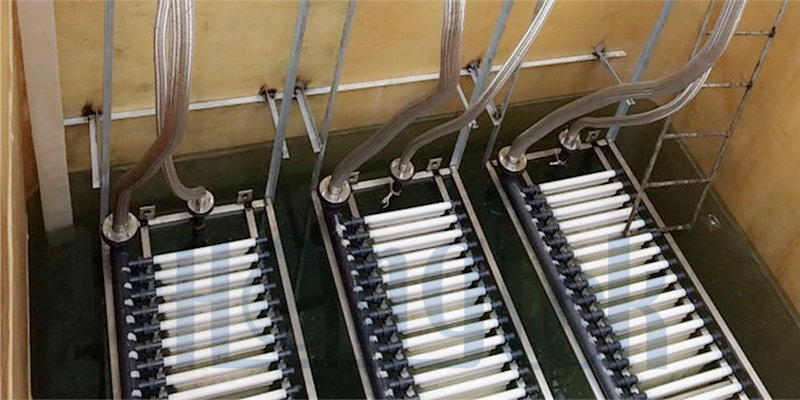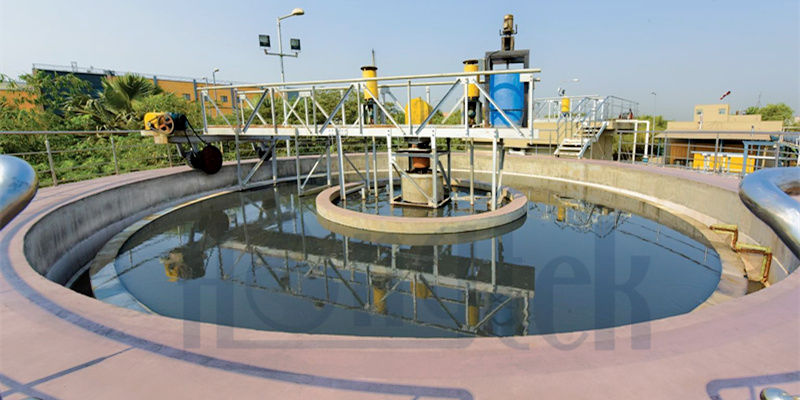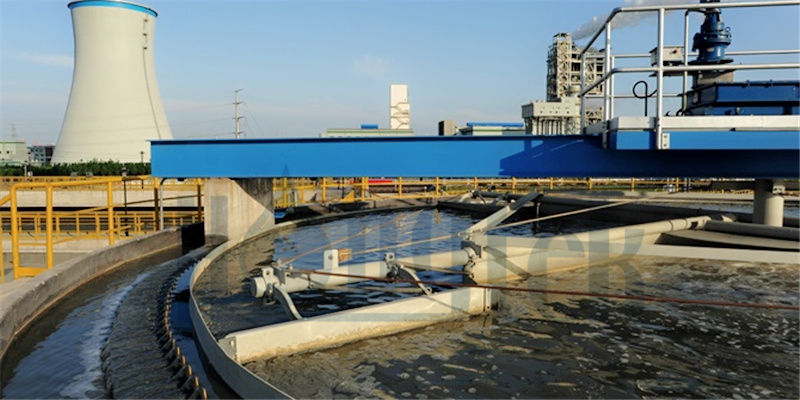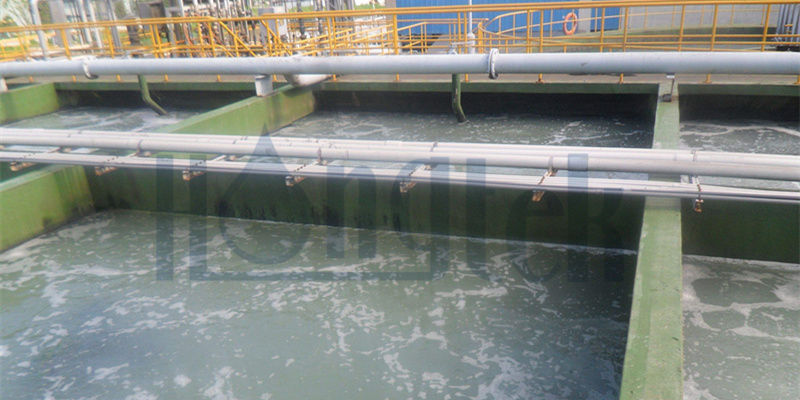
Wool sourcing is an important process in wool textile processing. The wool souring wastewater contains a large amount of high-concentration suspended and soluble organic pollutants that are difficult to degrade, mainly containing impurities such as sediment, lanolin, sheep dung, detergent, and sheep’s own secretions. Among them, lanolin is mostly emulsified and exists in the form of O/W (oil-in-water), which is the main component of BOD and COD in wastewater. Wool sourcing wastewater has the characteristics of high organic matter concentration and high suspended matter concentration, which is belongs to refractory organic wastewater. Let us take a look at the treatment process of wool scouring wastewater as following.
1. Sedimentation Tank and Adjusting Tank
The wool scouring wastewater enters the grit tank to remove inorganic salt silt in the wastewater through sedimentation, and then goes through the grill to remove the large suspended matter such as sheep dung and wool in the wastewater. In order to prevent the water pumps and pipes in the wastewater station from being blocked, the wastewater flows into the adjusting tank after being treated by the grille, and the pH value of the wastewater is controlled by the adjusting and the water quality of the wastewater is stabilized.

2. Air Flotation Process
Pump the wool scouring wastewater in the adjusting tank into the first-stage air flotation equipment by the submersible pump. The wastewater is fully mixed with coagulant and coagulant aid and then flows into the air flotation equipment for air flotation separation. The supernatant flows into the secondary air flotation equipment. The effluent from the secondary air flotation flows into the hydrolysis acidification tank, and the remaining scum from the air flotation is discharged into the sludge tank. The two-pole air flotation device can remove most of the suspended solids and more than 80% of COD, which greatly reduces the load of subsequent biological treatment in the hydrolysis and acidification process. It can disintegrate and replace or crack (degrade) the hard-to-degrade organics and some sulfonic acid groups in the sourcing wastewater, thereby reducing the COD value of the wastewater and improving the biodegradability.

3. Hydrolysis Acidification Tank
Semi-soft biological filler is installed in the hydrolysis acidification tank, and a water distributor is installed at the bottom of the tank. The scouring wastewater after precipitation and water quality adjustment is hydrolyzed and acidified in a hydrolysis acidification tank, thereby decomposing organic pollutants such as large molecular weight proteins into smaller molecular weight organic substances for subsequent aerobic biochemical treatment. At the same time, the mixed liquid after aerobic treatment is returned to the hydrolysis and acidification tank for denitrification treatment to effectively remove the ammonia nitrogen in the water.

4. MBR (Membrane Bioreactor) Tank
MBR uses membrane separation technology to replace the secondary settling tank in the activated sludge method for solid-liquid separation treatment. The wastewater after hydrolysis and acidification is filtered by MBR to further reduce the concentration of pollutants. MBR can not only perform solid-liquid separation efficiently, but also effectively remove pathogenic microorganisms, ensure stable effluent water quality and reduce filtration costs.
MBR is currently the most commonly used new technology for wastewater treatment. It has the characteristics of high solid-liquid separation efficiency, stable effluent quality, good nitrification and denitrification effects, high nitrogen removal efficiency, and small footprint. Therefore, the MBR process is widely used in more and more fields. By the way, HONGTEK’s MBR membrane is made of modified PVDF hollow fiber membranes, and is embedded with a polyester support net to improve the compression resistance of the MBR membrane. HONGTEK provides MBR Membrane Modules such as MBR20 Series Membrane Bioreactor Module, MBR25 Series Membrane Bioreactor Module and MBR30 Series Membrane Bioreactor Module.
After the wool scouring wastewater is treated by the MBR tank, the effluent can be reused according to its actual situation through a series of water treatment process (Microfiltration-Ultrafiltration-Nanofiltration-Reverse Osmosis), or discharge directly or after treatment according to wastewater discharge standards.